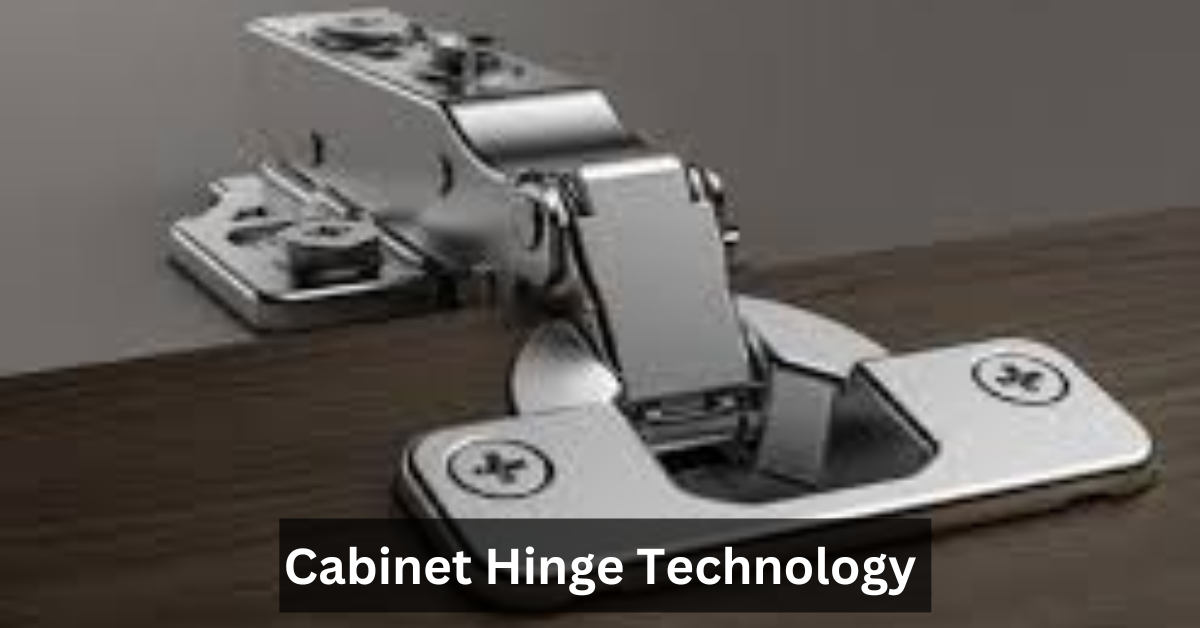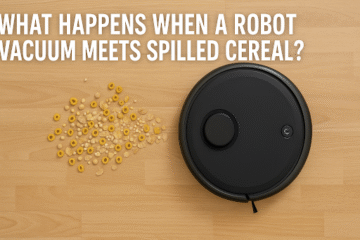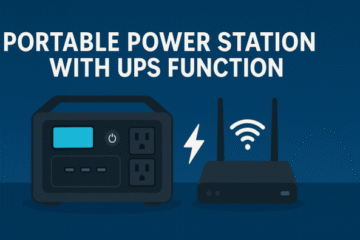Cabinet hinge technology refers to the modern innovations in hinge design that improve functionality, durability, and aesthetics in cabinet systems. Gone are the days when hinges were simply mechanical joints hidden inside cabinetry. Today, Cabinet Hinge Technology integrates engineering innovation, ergonomic precision, and aesthetic enhancement to deliver a seamless user experience in kitchens, bathrooms, and workspaces. Whether you’re remodeling your kitchen or building custom furniture, understanding how Cabinet Hinge Technology works and what it offers can drastically improve the longevity, safety, and visual appeal of your cabinetry. The integration of motion control, hydraulic systems, and soft-close dampers shows just how far Cabinet Hinge Technology has advanced in recent years.
The purpose of this blog is to provide homeowners, interior designers, and furniture makers with a detailed understanding of cabinet hinge technology, its features, applications, and the latest innovations shaping modern cabinetry. As cabinet design continues to evolve, so does the hardware that makes it function seamlessly. This article explores the types of hinges available, key functionality upgrades, and highlights the top cabinet hinges brands leading the market in performance, durability, and smart integration. Whether you’re renovating your kitchen, building a custom wardrobe, or simply upgrading your furniture hardware, understanding the best cabinet hinge technology and trusted brands can help you make informed, long-lasting decisions.
The Importance of Cabinet Hinge Technology in Modern Homes
Why Cabinet Hinge Technology Matters
Cabinet Hinge Technology plays a crucial role in both the performance and visual harmony of contemporary interior spaces. High-quality Cabinet Hinge Technology ensures doors open smoothly, close quietly, and align perfectly—critical factors in luxury home design and everyday functionality. It’s not just about movement; Cabinet Hinge Technology contributes to noise reduction, wear and tear prevention, and even child safety. Moreover, with the rise of frameless cabinets and minimalist design trends, concealed and seamless hinges are more in demand than ever. This makes advanced Cabinet Hinge Technology a must-have in any modern build or renovation.
Types of Cabinet Hinges and Their Role in Cabinet Hinge Technology
Soft-Close Hinges
One of the most popular innovations in Cabinet Hinge Technology is the development of soft-close hinges. These hinges incorporate dampers, usually hydraulic or pneumatic, that allow doors to close slowly and silently. Soft-close technology not only adds a luxury feel to cabinetry but also reduces long-term damage by minimizing the impact between the door and cabinet frame.
Concealed Hinges (European Style)
Another essential component of Cabinet Hinge Technology is the concealed or European-style hinge. These are mounted inside the cabinet and hidden when the door is closed, offering a sleek, seamless look that is now a staple in modern kitchens and bathrooms. Their 3D adjustability and compatibility with frameless cabinets highlight how Cabinet Hinge Technology continues to prioritize both form and function.
Push-to-Open Hinges
Push-to-open hinges take Cabinet Hinge Technology a step further by allowing doors to open without handles. A gentle push activates the hinge mechanism, enabling the door to pop open. This is especially useful in minimalist and smart home designs, where clean lines and accessibility are top priorities.
Self-Closing Hinges
Self-closing hinges automatically pull the door shut once it’s nudged close enough. While simpler than soft-close models, they still reflect how Cabinet Hinge Technology has evolved to support convenience and performance. These are common in utility cabinets, office furniture, and commercial installations where ease of use is essential.
Core Features Driving Modern Cabinet Hinge Technology
3D Adjustability
Among the hallmarks of contemporary Cabinet Hinge Technology is the ability to fine-tune door positioning in three dimensions—up/down, left/right, and in/out—without detaching the hinge. This makes installation easier and ensures long-lasting cabinet door alignment, especially in high-use environments.
Quick-Release Mechanisms
Quick-release hinges are another advancement in Cabinet Hinge Technology, allowing users to remove cabinet doors without tools. This is particularly useful during renovations, cleaning, or when upgrading door panels. Quick-release systems are common in modular furniture solutions and commercial cabinetry.
Integrated Lighting and Smart Features
The most cutting-edge Cabinet Hinge Technology even includes integrated LED lighting and smart sensors. When the cabinet door opens, the hinge activates a light, improving visibility inside dark or deep cupboards. In smart homes, Cabinet Hinge Technology can also include Bluetooth or motion-sensor integrations, bridging the gap between traditional hardware and the Internet of Things (IoT).
Materials and Durability: The Backbone of Cabinet Hinge Technology
Cabinet Hinge Technology wouldn’t be effective without durable materials. Most hinges today are constructed from stainless steel, zinc alloy, or brass, offering varying levels of corrosion resistance, strength, and aesthetic finish. Stainless steel hinges, for example, are ideal for bathrooms and humid environments due to their rust resistance. On the other hand, zinc alloy provides flexibility in design and a balance between cost and durability. These materials allow Cabinet Hinge Technology to maintain strength while supporting more compact and refined hinge designs.
Proper coating, precision machining, and reinforced hinge arms ensure these components withstand tens of thousands of open-close cycles. Whether you’re outfitting heavy-duty kitchen doors or delicate glass cabinets, the right material is key to optimizing your Cabinet Hinge Technology.
Brands Leading the Way in Cabinet Hinge Technology
Blum
Blum is perhaps the most recognizable name in Cabinet Hinge Technology. Known for their innovative Blumotion soft-close system, Blum hinges combine reliability, style, and high adjustability. Their hinges are frequently used in luxury kitchen installations and custom cabinetry.
Häfele
German hardware giant Häfele is another powerhouse in Cabinet Hinge Technology. From modular systems to smart hinges, Häfele continues to push the boundaries of innovation. Their products emphasize ease of installation, adjustability, and compatibility with high-end interior designs.
Salice
Salice pioneered the soft-close revolution and continues to influence modern Cabinet Hinge Technology with its silent, efficient, and sleek mechanisms. Their hinges are popular in both residential and commercial applications.
Hettich
Hettich hinges offer a balance between affordability and performance. Known for precision engineering and a wide product range, Hettich’s Cabinet Hinge Technology is favored by both DIY enthusiasts and professionals alike.
Choosing the Right Cabinet Hinge Technology for Your Needs
When selecting Cabinet Hinge Technology, consider your specific needs, cabinet type, and usage environment. For kitchen cabinets, soft-close concealed hinges offer the best combination of aesthetics and utility. In high-traffic commercial areas, self-closing or heavy-duty hinges with higher load capacity may be more appropriate. Always factor in door thickness, opening angle, and whether your cabinetry is framed or frameless. Modern Cabinet Hinge Technology also allows you to choose hinges that align with smart home systems, child-safety features, and ergonomic requirements.
The right hinge will not only last longer but will also improve how your space functions and feels. With so many innovations in Cabinet Hinge Technology, there’s a solution for every design challenge.
How Cabinet Hinge Technology Impacts Installation and Maintenance
Installation is a key phase where Cabinet Hinge Technology truly shines. Thanks to innovations like clip-on hinges and tool-free mounting plates, even amateur DIYers can now install high-quality hinges with minimal effort. Furthermore, hinges with 3D adjustability make it easier to correct alignment issues post-installation without taking apart the cabinet door.
Maintenance is also simplified by Cabinet Hinge Technology. Many modern hinges are designed to be self-lubricating or sealed against dust and moisture, extending their life span significantly. Replacing a single component—like a damper or mounting plate—is often sufficient without having to replace the entire hinge mechanism.
The Future of Cabinet Hinge Technology
Cabinet Hinge Technology is continuing to evolve with advances in smart integration, biometric security, and sustainable materials. Expect to see even more touchless hinges, voice-activated systems, and cabinet hardware that adjusts in real-time to environmental cues. The blend of mechanical engineering and digital tech ensures that Cabinet Hinge Technology will remain at the forefront of modern interior design solutions.
Environmentally friendly materials and energy-efficient production methods are also becoming critical aspects of cabinet hinge manufacturing. Brands that invest in sustainability are likely to gain a competitive edge as eco-conscious consumers demand more responsible design.
Conclusion
Cabinet Hinge Technology has transformed from a basic hardware necessity to a defining element of modern cabinetry. With the integration of soft-close, concealed, and push-to-open systems, homeowners and designers alike can achieve both elegance and efficiency. The advancement of Cabinet Hinge Technology reflects a broader trend in interior design—where performance, convenience, and aesthetics intersect. From luxury kitchens to minimalist offices, selecting the right Cabinet Hinge Technology is an investment in long-term durability, user satisfaction, and timeless style.
Frequently Asked Questions
Are soft-close hinges worth the investment?
Yes, soft-close hinges prevent slamming, reduce wear and tear, and add a premium feel to your cabinets.
Can I install modern hinges on old cabinets?
Absolutely! Many new hinges are designed to retrofit older cabinets with minimal effort.
Which cabinet hinge manufacturers are the most reliable?
Top cabinet hinge manufacturers include Blum, Häfele, Hettich, and Salice—known for quality, innovation, and durability.
What’s the difference between self-close and soft-close hinges?
Self-close hinges snap shut automatically, while soft-close hinges use dampers for a slow, quiet close.
Stay in touch to get more updates & alerts on Erome! Thank you



